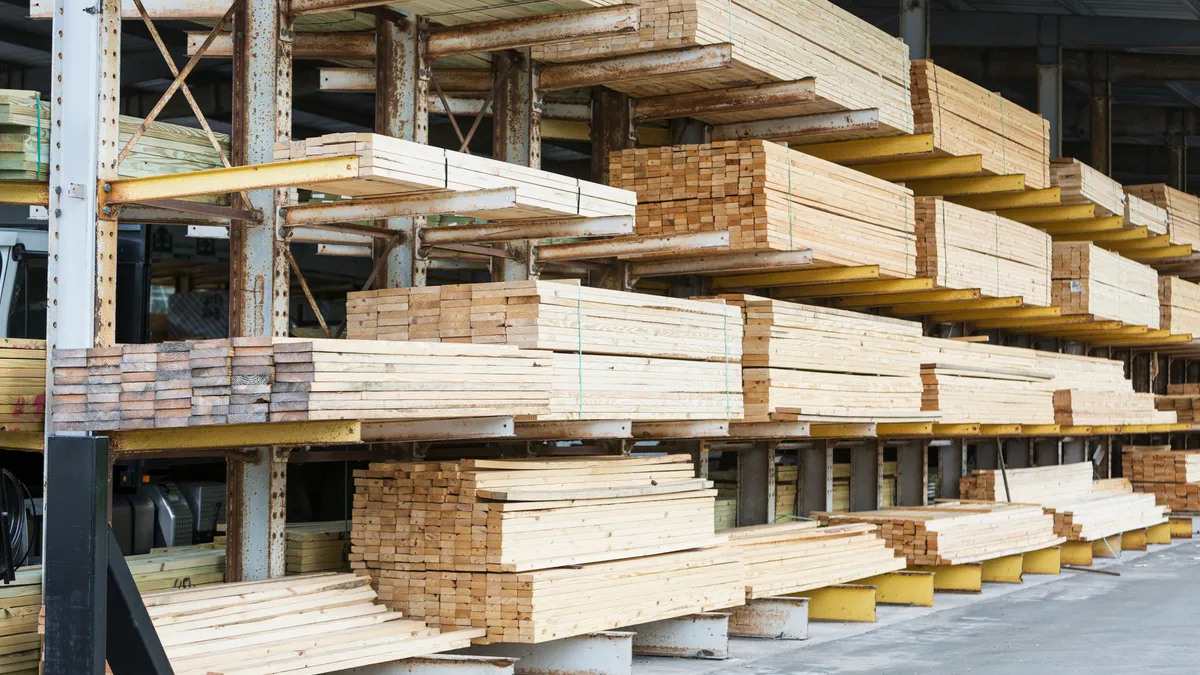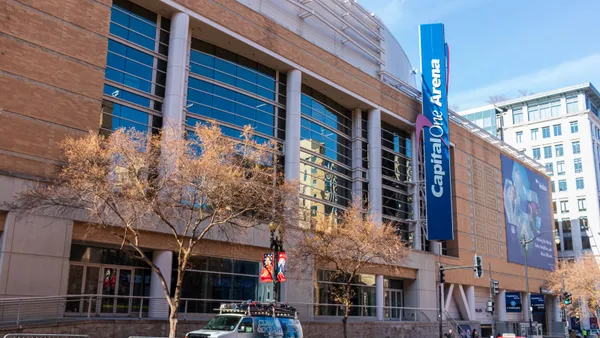Inflation could severely weaken the impact of funding from the Infrastructure Investment and Jobs Act, experts say.
High prices for construction materials and other project inputs are already sapping jurisdictions’ additional buying power from the federal legislation, according to analysis from the Pew Research Center, a nonpartisan think tank.
In the past year, states have been seeing 20% to 40% hikes in project costs, depending on the region and materials, Susan Howard, director of policy and government relations at the American Association of State Highway and Transportation Officials, told Pew. That’s leading transportation agencies to scale back on the scope of projects or use it for work that was already planned.
This environment is also challenging for contractors that want to bid on infrastructure projects, according to American Society of Civil Engineers Senior Vice President K.N. “Guna” Gunalan. In addition to higher materials prices, builders are having trouble getting commitment from suppliers for when equipment will be delivered, and shipping was logistically difficult and also more expensive in the past year due to backlogs in the ports.
“It’s a question of how far can you stretch a dollar. Everyone is trying to stretch it as far as they can,” said Gunalan. Staying nimble and adopting a phased approach for projects can help, but it’s still difficult to nail down costs for a project and “there are only so many contingencies you can build into a budget.”
Dramatic escalations
These challenges to executing infrastructure projects look set to continue this year.
Inflation will likely persist for a while since supply chains have still not fully recovered from COVID-19, Michael Hardman, vice president of Turner & Townsend, a U.K.-based global real estate and infrastructure consultancy, told Construction Dive.
“When looking ahead into 2023, we are forecasting escalation year-on-year of 7%, with a return to the long-term average of 2.7% in 2024,” said Hardman. “However, by 2024 we will have seen three years of dramatic price escalation and if projects — and compounding effect — are true, we will see material prices approximately 25% to 28% higher than they would have been by equivalence in 2020.”
There are some positive signs: Prices for many construction materials are starting to even off as supply chains improve, according to the most recent Bureau of Labor Statistics report. So far, inflation is not high enough to completely consume all of the IIJA money, and there may be further easing on the horizon.
Some damage has already been done in 2022, and experts interviewed by Pew worry that continued inflation could eat away most of the benefit from the funding in the coming years. Still, the extra federal money is a help to jurisdictions.
“If we didn’t have these additional resources, states would be in a much bigger world of hurt,” Howard told Pew.














